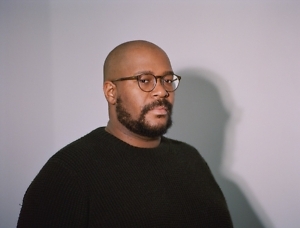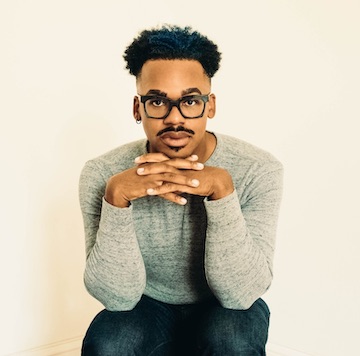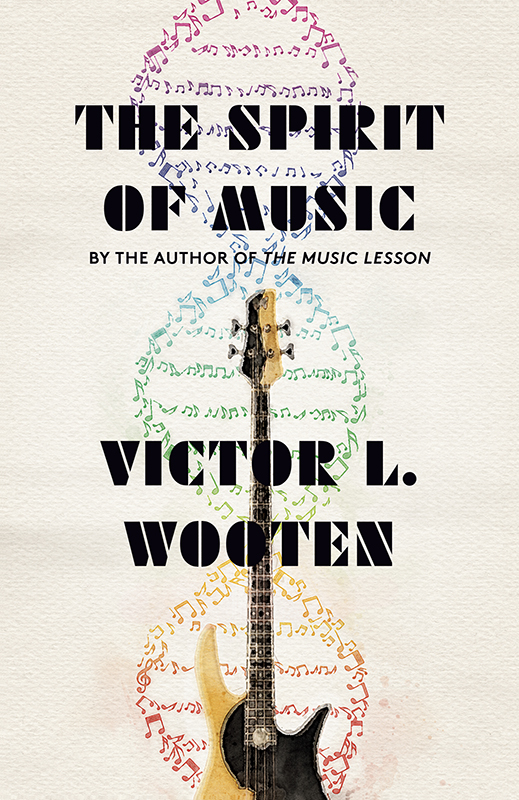American as Apple Pie
Friends turn to each other in Brandon Taylor’s The Late Americans
“‘How American,’ Ólafur said with a sneer, his voice a little cold. ‘Happiness.’” With his second novel, The Late Americans, Brandon Taylor invites us into a study on the intersection of loneliness, belonging, and being happy.

The story centers around the lives of a hodgepodge of individuals living in Iowa City. They are dancers and ex-dancers, poets, painters, future bankers, and the like. “Iowa was a kind of cultural winter — they had all come to this speck of a city in the middle of a middle state in order to study art, to hone themselves and their ideas like perfect, terrifying weapons, and in the monastic kind of deprivation they found here, they turned to one another,” Taylor writes.
In true college town fashion, the dissected Queen Anne-style homes many of the characters live in seem to reflect their patchwork lives. In each permanent makeshift apartment, a not-so-young adult attempts to reconcile dreaming and duty, and it is this work of becoming that brings them all together.
The Late Americans is woven through with Russian art, literary, and culture references. There’s a character named Fyodor who conjures up Fyodor Pavlovich Karamazov of Dostoevsky’s The Brothers Karamazov. Both appear in their respective novels as buffoons given to drinking, but Taylor’s Fyodor soon reveals himself to be a poet-philosopher, questioning his peers’ moralistic and hypocritical obsession with animal rights. Similarly, Taylor’s character named Ivan brings to mind Dostoevsky’s Ivan Fyodorovich Karamazov. Their ethical journeys bear similar markers as they question issues of suffering and morality.
And then there is the presence of the late 19th-century painting by Ilya Repin, Ivan the Terrible and His Son Ivan on 16 November 1581. The painting depicts the Russian tsar holding his dying son and heir apparent. Blood is dripping from the son’s forehead, caused by a blow from his wide-eyed father. Beyond contributing a chapter title to Taylor’s book, the characters discuss the painting at length. The question seems to arise: Who is Ivan the Terrible? Perhaps it is the obvious, their own Ivan, who receives a toast late in the novel: “Cheers. To motherfucking Ivan the Terrible.” Or Bert, the closeted gay character who acts violently toward his lovers and then expresses horror at his own works. Is it the poet Seamus, who writes, discards what he writes, and then holds that emptiness like a dying son? Or perhaps (and most likely), we all have the propensity to become Ivan the Terrible, but Taylor invites us to the humanity that lies in that moment of wide-eyed realization.
 The writing in The Late Americans is what we have come to expect of Taylor, who serves as an editor-at-large for the venerable Sewanee Review. Sentences and clauses build upon one another, almost teetering, and just when the reader thinks that a sentence can hold no more, Taylor breaks the tension and moves on. There is no promise, however, that he will not return to a description of the same object a few paragraphs later, rendering the simple as sacred. The dial knobs on an old car radio are, at first, just that — and then they become tools for building a shelter in soundwaves. A shelter from haunting memories.
The writing in The Late Americans is what we have come to expect of Taylor, who serves as an editor-at-large for the venerable Sewanee Review. Sentences and clauses build upon one another, almost teetering, and just when the reader thinks that a sentence can hold no more, Taylor breaks the tension and moves on. There is no promise, however, that he will not return to a description of the same object a few paragraphs later, rendering the simple as sacred. The dial knobs on an old car radio are, at first, just that — and then they become tools for building a shelter in soundwaves. A shelter from haunting memories.
Taylor — author of the 2020 novel Real Life, which was a finalist for the Booker Prize, and the Story Prize-winning 2021 collection Filthy Animals — once again demonstrates his aptitude for vernacular. In this novel, he crafts with language related to several disparate fields. His character Fyodor works in the beef industry, and Taylor transports us into Fyodor’s factory straightaway: “His teeth hurt from the screech of the hydraulic presses, the pneumatic hiss of the air guns they used to blast away the powdered snow of bone dust and flash-dried flesh.”
In another instance, Taylor adeptly weaves the particularity of a dancer’s efforts at success with the universality of artistic struggle: “Noah perfected his port de bras, his carriage. He tried to force his turnout a little wider.” Readers might not know the ballet terms, but we know what it is to push the limits of our artistic capabilities. Later, Taylor brings us into a poetry workshop, where participants discuss the mechanics of a student’s piece: “‘And what to make of the form,’ the professor said. ‘A curious, almost classical form, yet it’s clearly free verse. I admit the scansion was … elementary. Almost as if a child wrote it.’” Again, readers might be unfamiliar with “scansion” (the rhythm of a line of poetry), but Taylor builds a tempo of deconstruction, so that with each additional term mentioned, we know we are closer to this student’s humiliation.
In The Late Americans, Taylor again proves himself to be a master of microcosm. He manages to pull together Black, biracial, white, white-passing, queer, straight, and questioning, the monied and the impoverished. What emerges is a work that is driven by diverse philosophies but held together by people: “He could feel each of them in him, their happiness, their kindness, their love.”

Kashif Andrew Graham is a writer and theological librarian, who was recently awarded the Humanities Tennessee Fellowship in Criticism. He enjoys writing poetry on his collection of vintage typewriters and is currently at work on a novel about an interracial gay couple living in East Tennessee.


